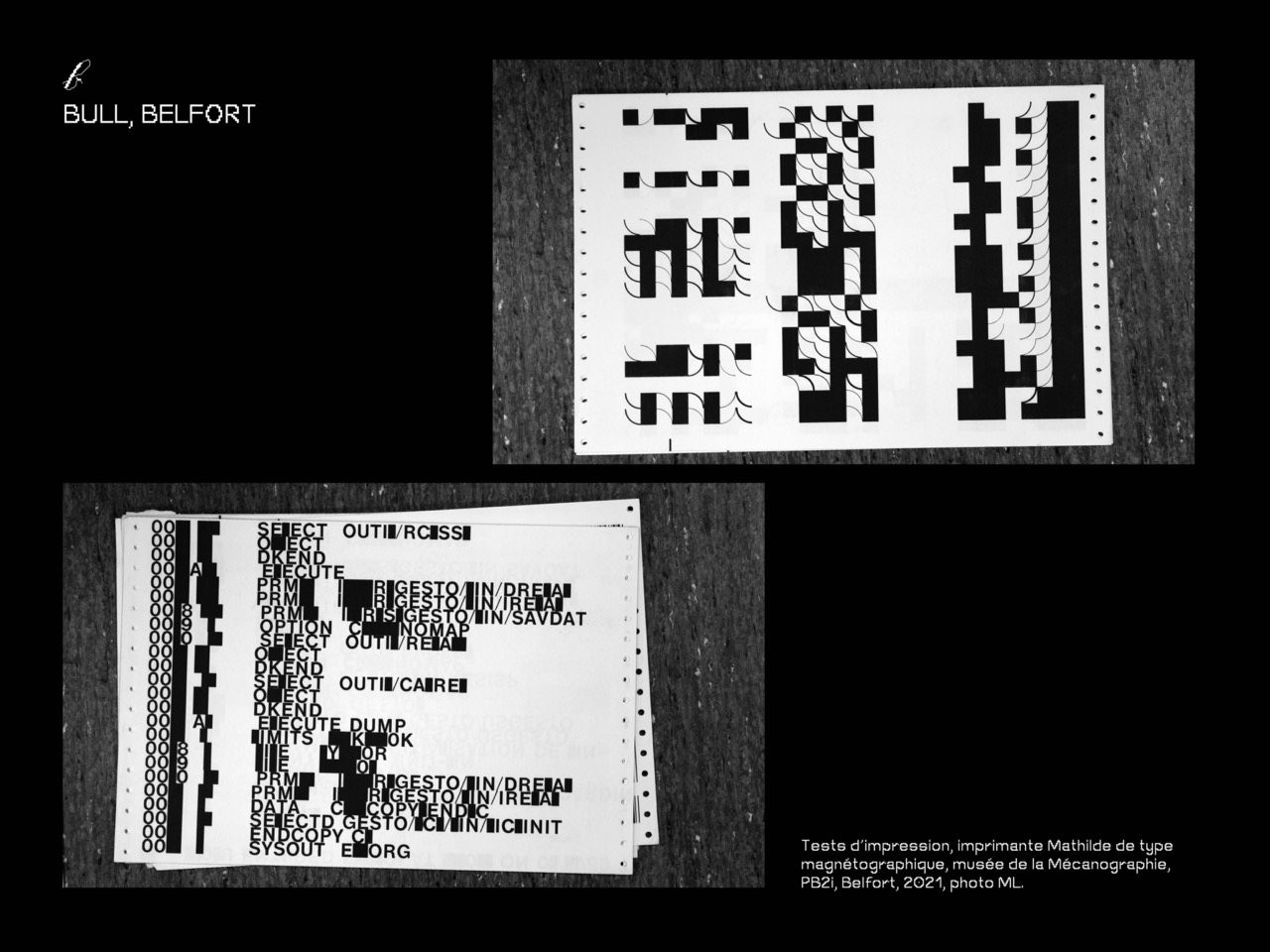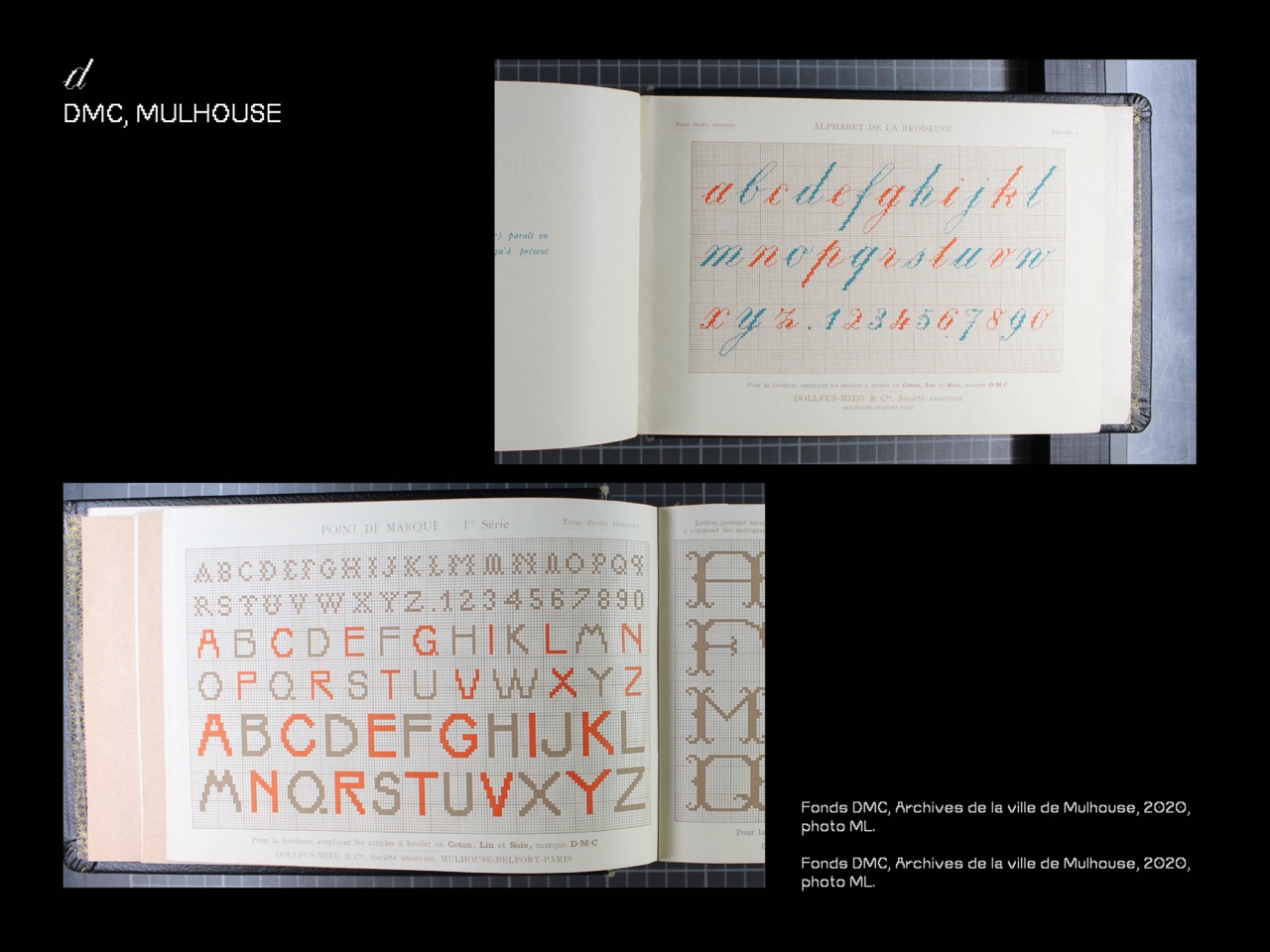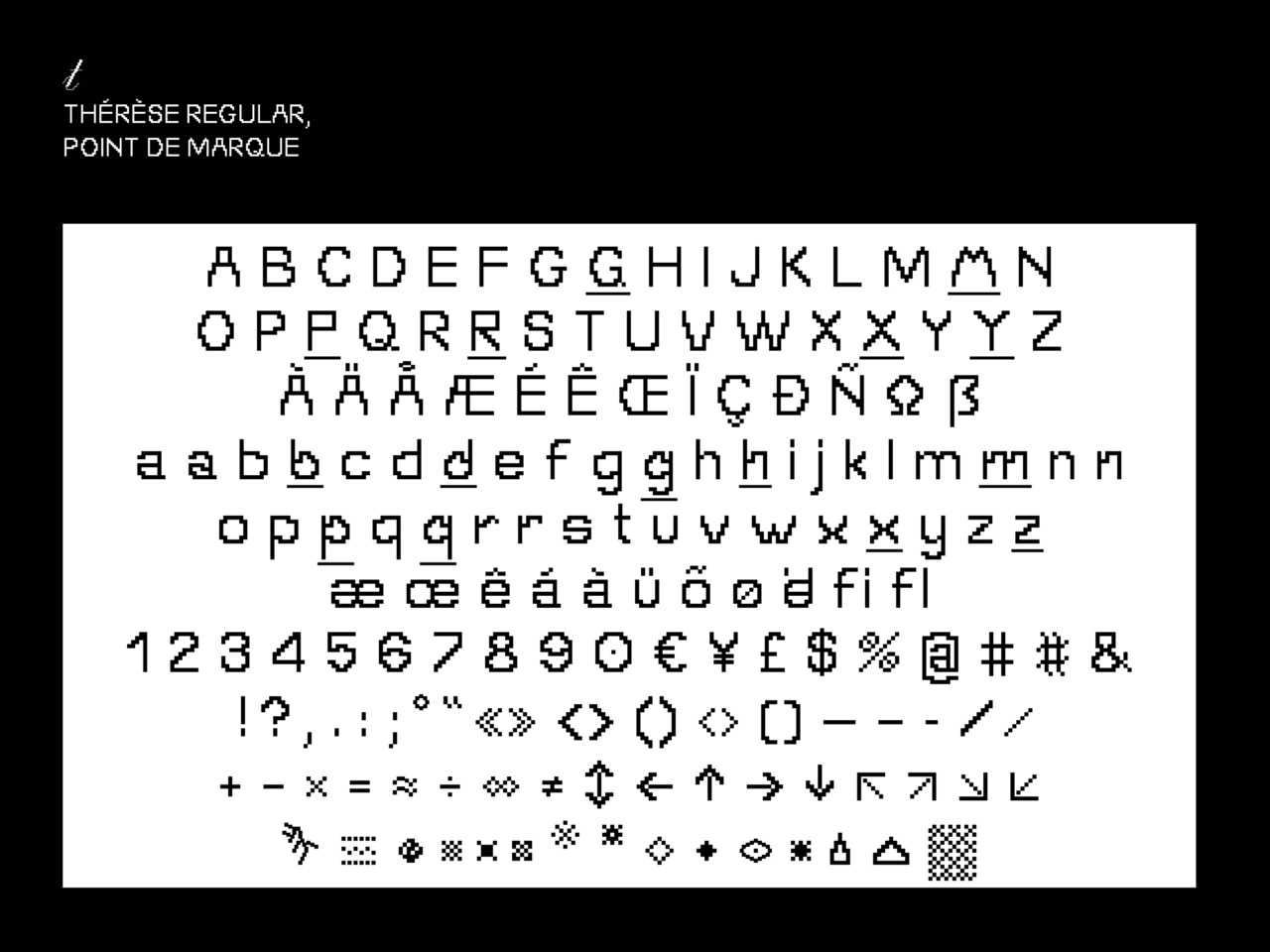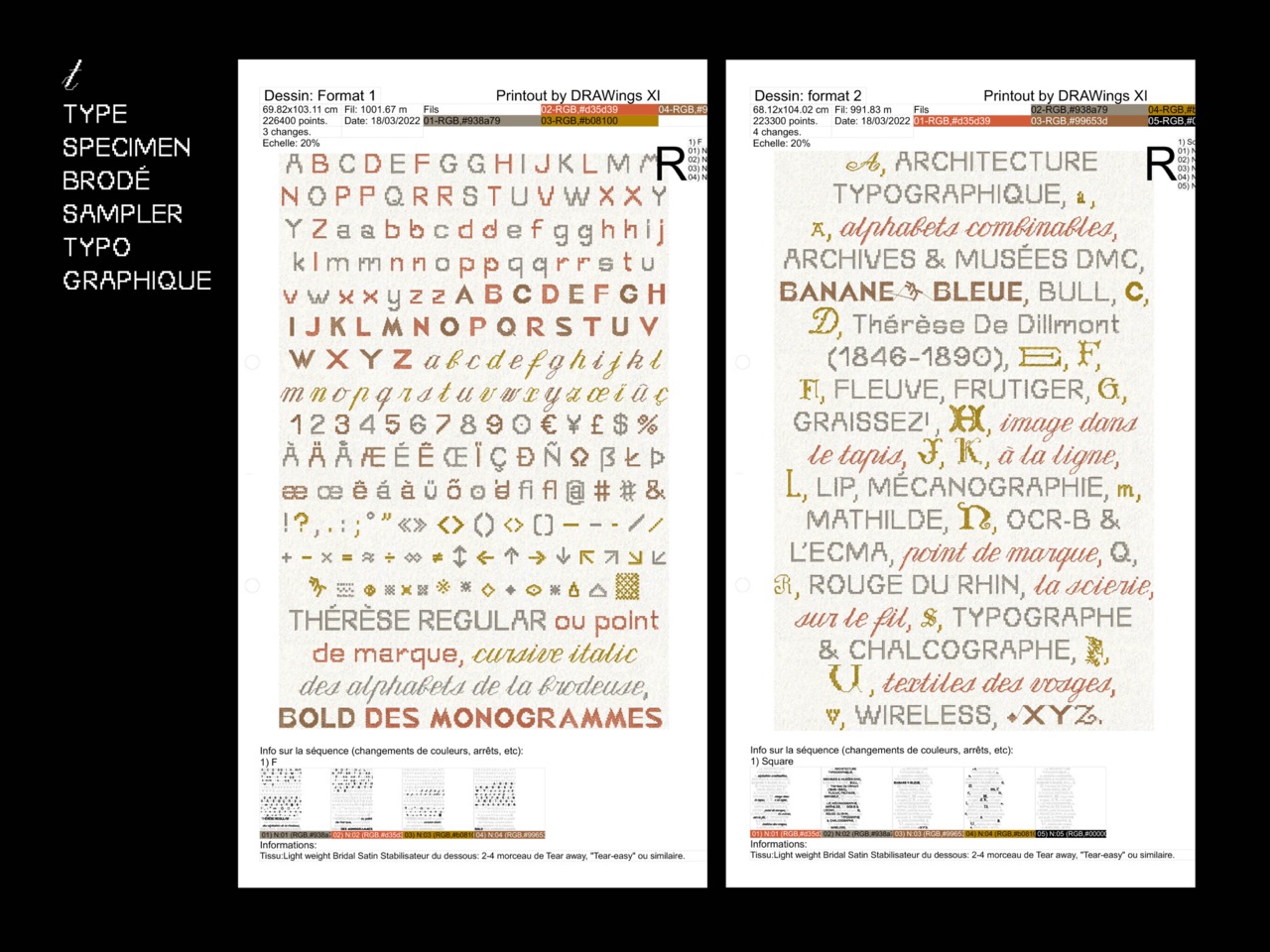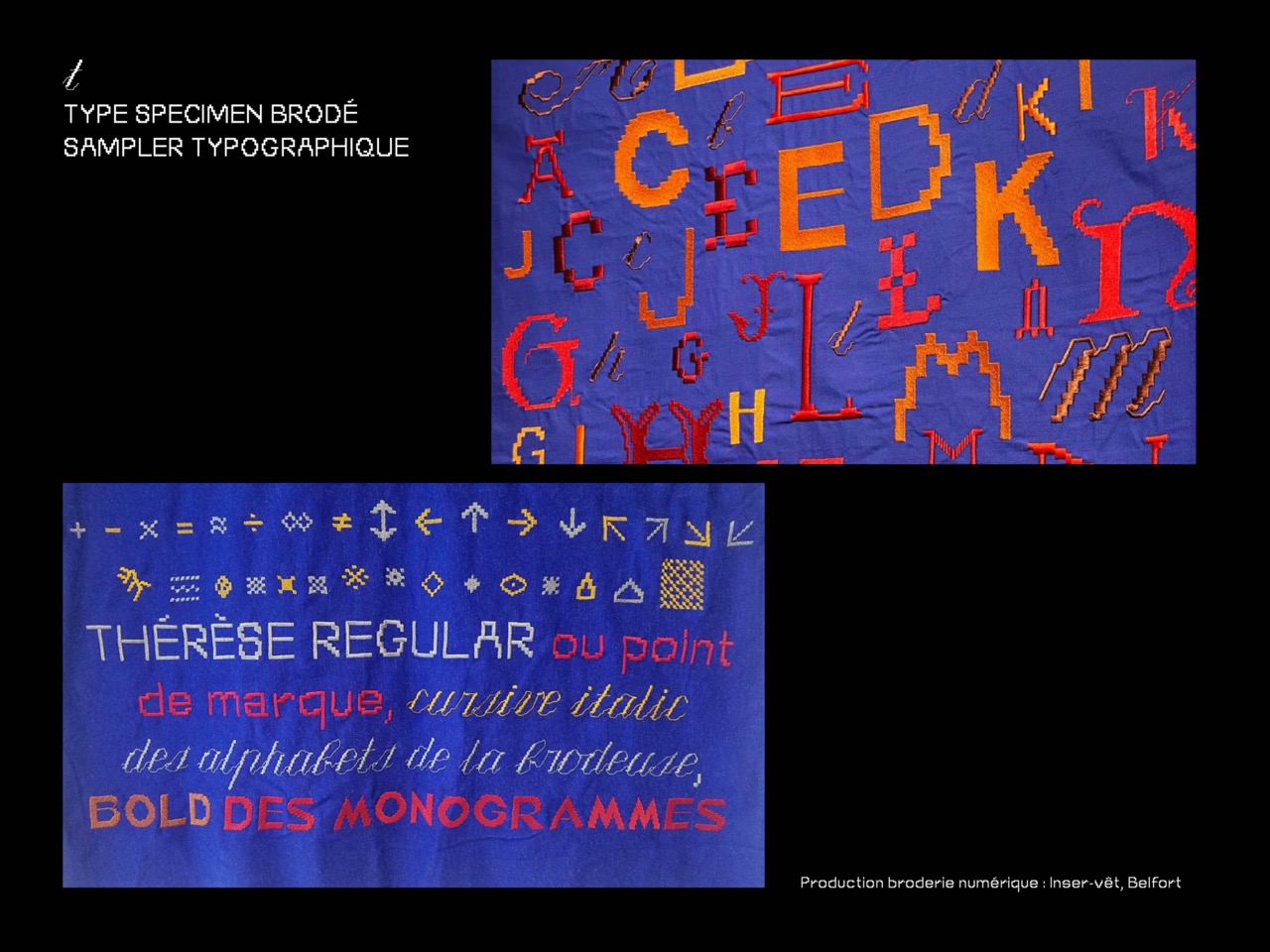Banane Bleue
Marie Lécrivain zoomBanane Bleue – Matrix scripts and post-industrial stories
Banane Bleue focuses on post-industrial stories in the Rhine axis through the lens of the visual culture and (typo)graphic history linked to the project’s geographical scope, from the Vosges to the Meuse and the Rhine.
The central element of the European backbone, the “Blue Banana” was an industrial epicenter as well as a hub for the circulation of a certain form of humanism. This printing highway has now become a symbol of decline (pollution, economic inequalities, social crisis). Whereas typography has been well identified by book and printing history, the heritage of letterforms in the industrial domain appears less documented. These alphabets were designed to fulfill specific needs, applied to various fields (textile, unit record equipment) in a context of industrial production. Printed on materials other than paper (machines, fabrics), these typefaces implied the creation of matrices (molds, plates) in a perspective of standardization.
This part of the research project will follow the footsteps of Thérèse de Dillmont (1846-1890), an Austrian embroiderer who published guidebooks for textile company DMC in the late-19th century in Mulhouse, and those of Swiss type designer Adrian Frutiger (1928-2015), author of OCR-B during the 1960s, an optical recognition font used by pioneering computer firm Bull in Belfort and Namur. These two emblematic figures make up the starting point of an exploration of the (typo)graphic and industrial landscape of the Rhine axis and the stories it may reveal through these embroidered or computerized characters.
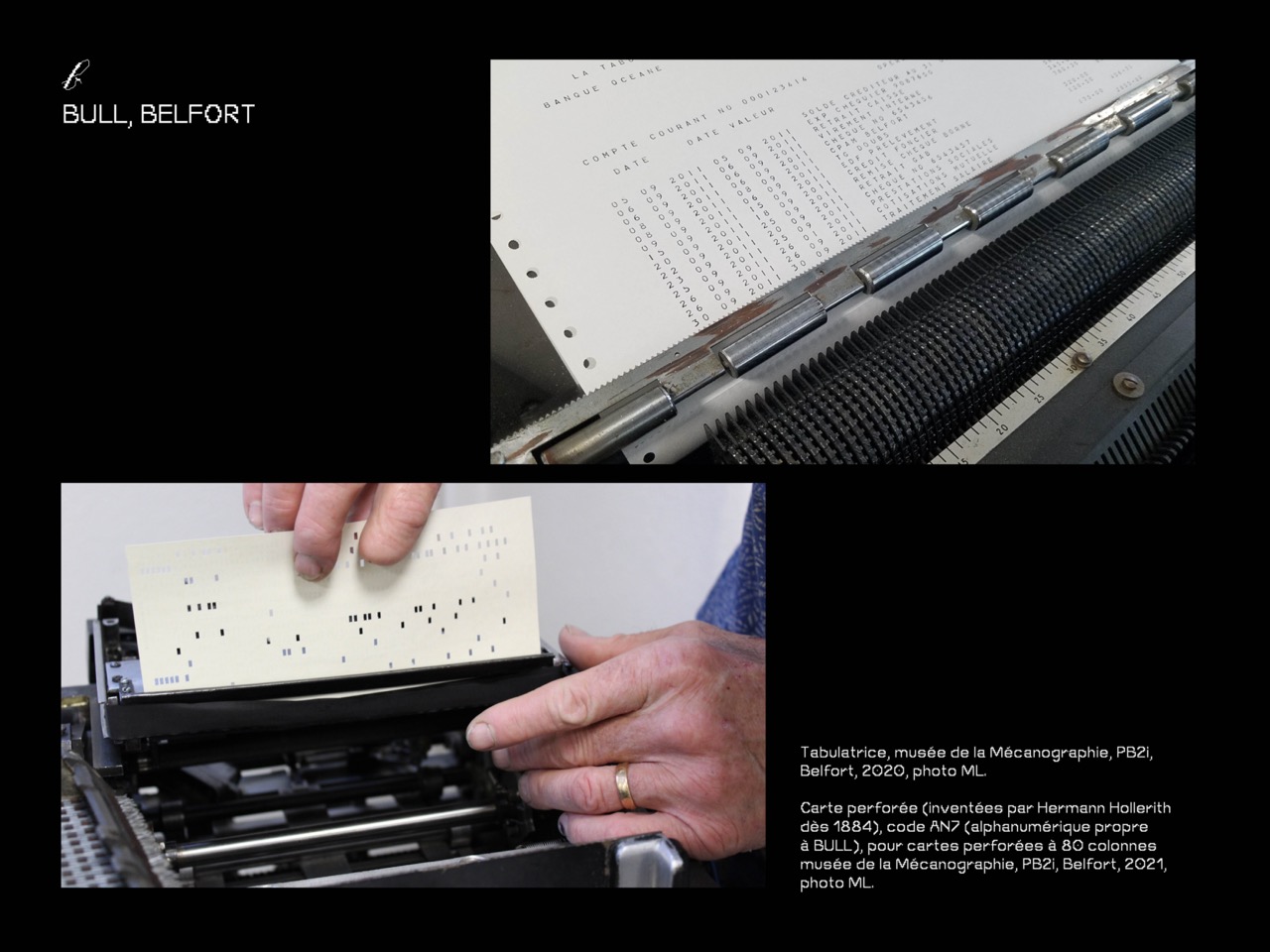
Carte perforée (inventées par Hermann Hollerith dès 1884), code AN7 (alphanumérique propre à BULL), pour cartes perforées à 80 colonnes musée de la Mécanographie, PB2i, Belfort, 2021, photo ML.
